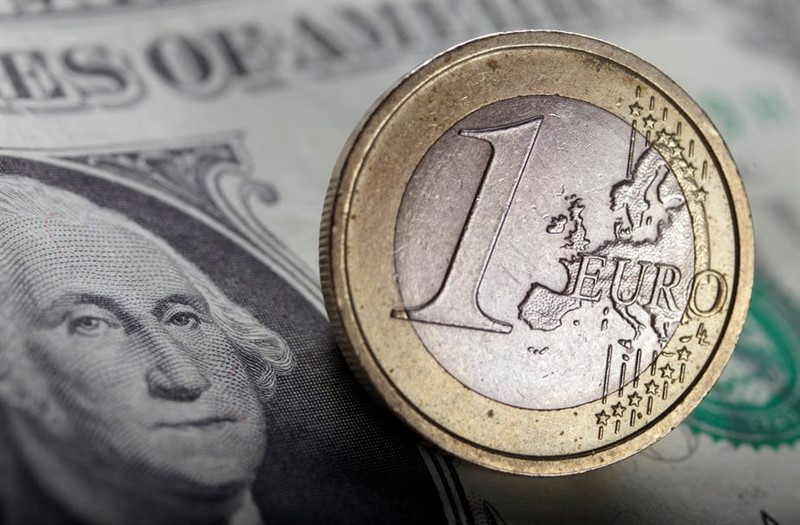
The Old and New Worlds continue to compete on who will pour more money into their economies. EU decided to allocate € 540 billion for financial assistance to its economy, while US announced its next support program worth $ 2.3 trillion. According to experts, this is not the final price of Europe's struggle with the current crisis, however, it's action is a good starting point. Meanwhile, in US, Fed Chairman Jerome Powell said that the regulator will most likely not stop there and will do everything so that the US economy can recover as quickly as possible.
According to the experts from The Goldman Sachs, the $ 3 trillion worth of Treasury bonds prepared by the US will fund the aid packages approved by the Congress for companies, households, and local governments affected by the coronavirus. The main buyer of these securities will be the Federal Reserve, which has committed to purchase unlimited amount of treasuries.
Meanwhile, the quantitative easing program of US does not really bring good news to the dollar. Even though the US currency is unlikely to fall in the near future, the Fed's policy may decrease its exchange rate in the future.
US President Donald Trump wants the US economy to have an explosive recovery. However, according to Neel Kashkari, President of the Federal Reserve Bank of Minneapolis, the road ahead is long and uneven, because from time to time, individual sectors of the US economy will shut down and restart, so a "V-shaped recovery" is very unlikely.
Meanwhile, the Commonwealth Bank of Australia recommends buying euro against dollar. They believe that EU's economic response to the coronavirus will provide financial stability in the region.
"The package of support measures agreed last week includes a special credit line for eurozone countries through the European Stability Mechanism (ESM). For investors, this is a signal that, thanks to the ESM, EU countries now have access to sufficient liquidity and are able to prevent a destabilizing expansion of government bond yield spreads," the bank said.
"The new stimulus package, together with previously announced tax and fiscal support methods, will lead to a faster recovery in the region than previously anticipated. This will allow the EUR/USD rate to return to a fair level of about 1.1600," they added.
The last time that the pair is near 1.1600 is in October 2018.
However, the current global recession seems to be the deepest one since 1930. Kristalina Georgieva, Managing Director of the International Monetary Fund, has already stated that in 2020, 170 out of 189 countries will suffer from a very low GDP.
As we all know, dollar is the best currency during unstable times. This fact stops investors from actively selling it, so the nearest targets of EUR / USD bears are the levels of 1.0770 and 1.0635.





















